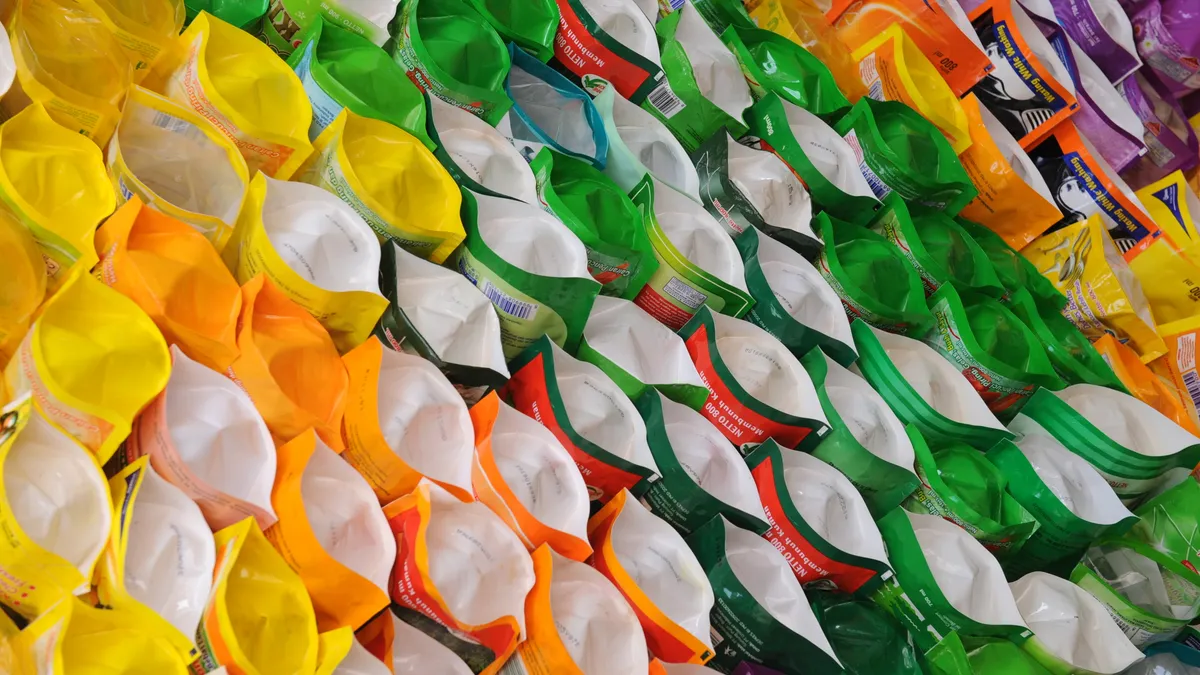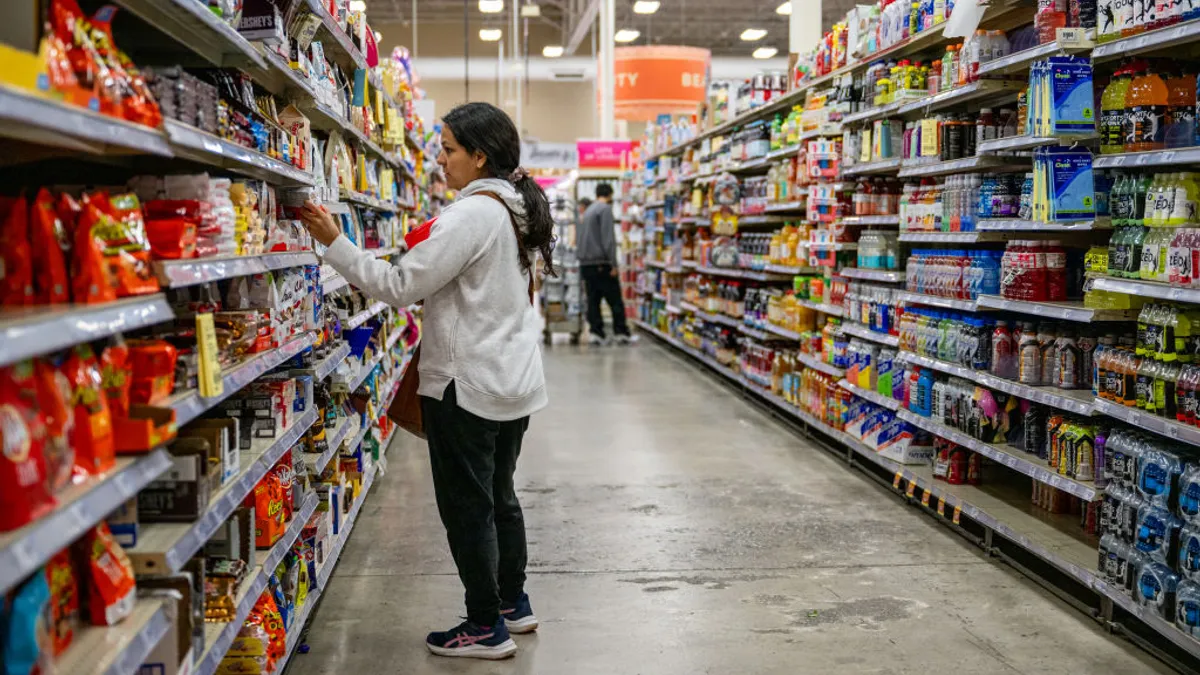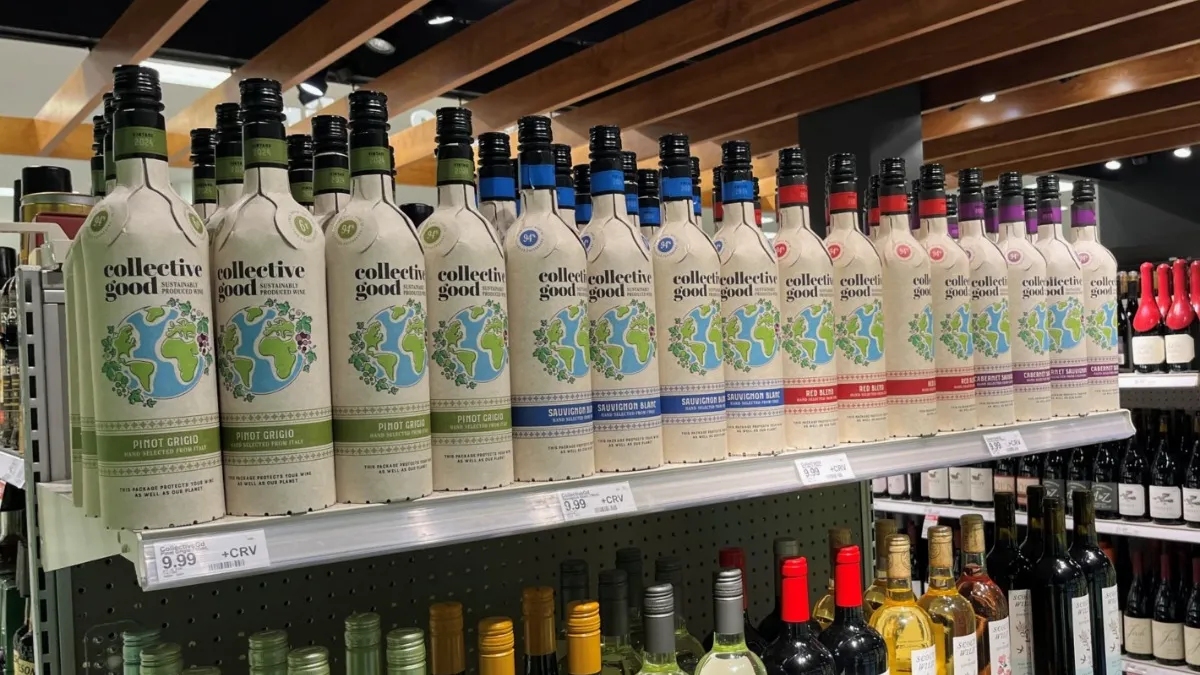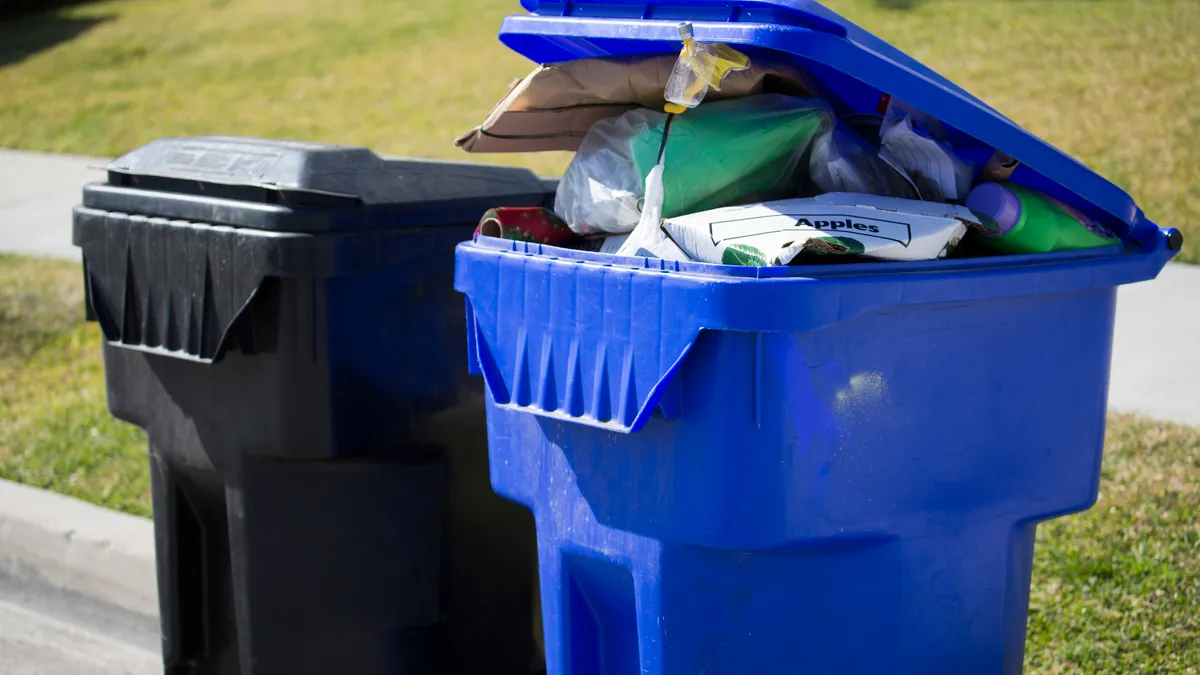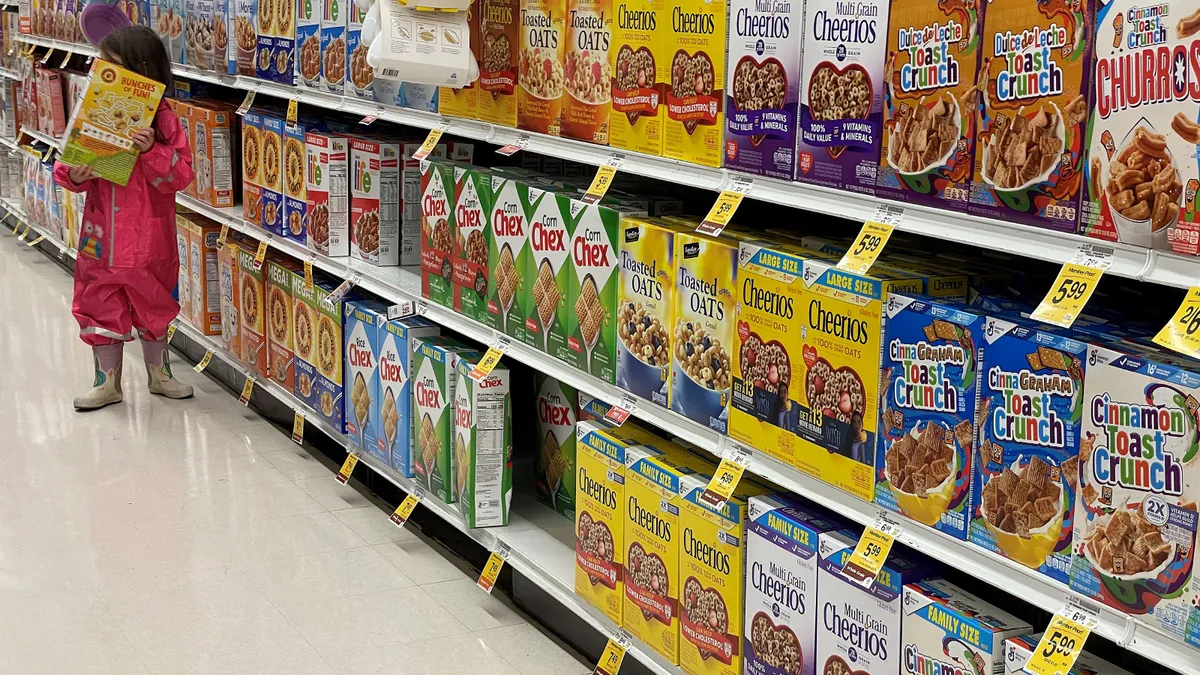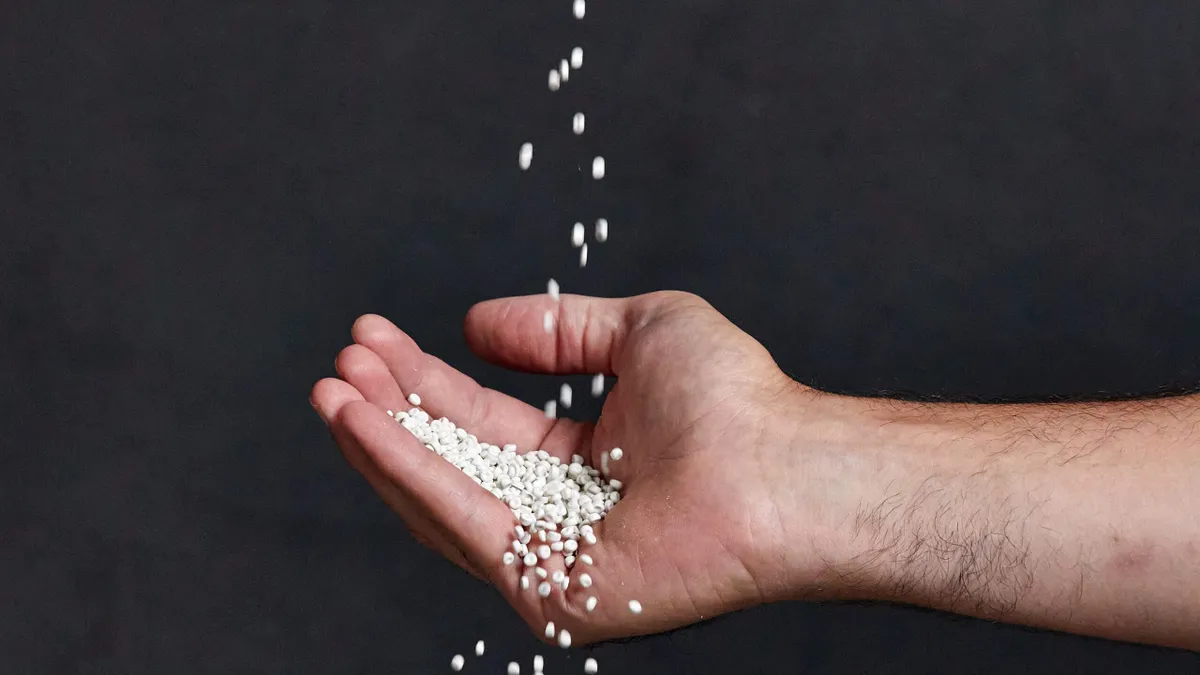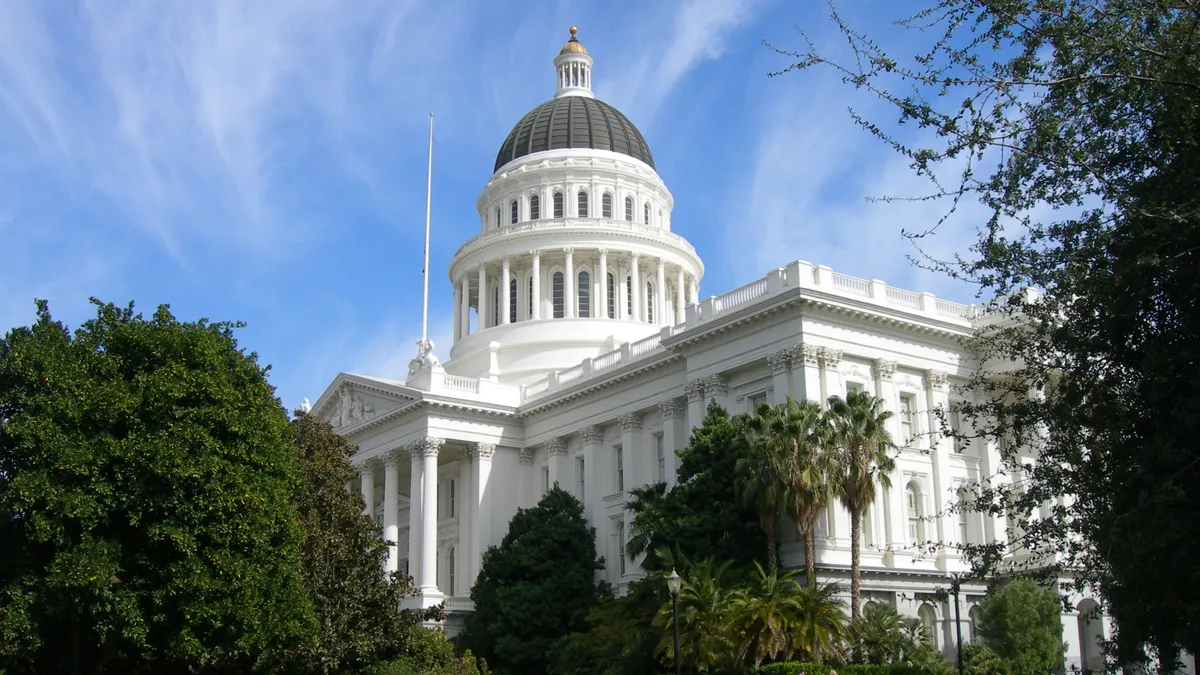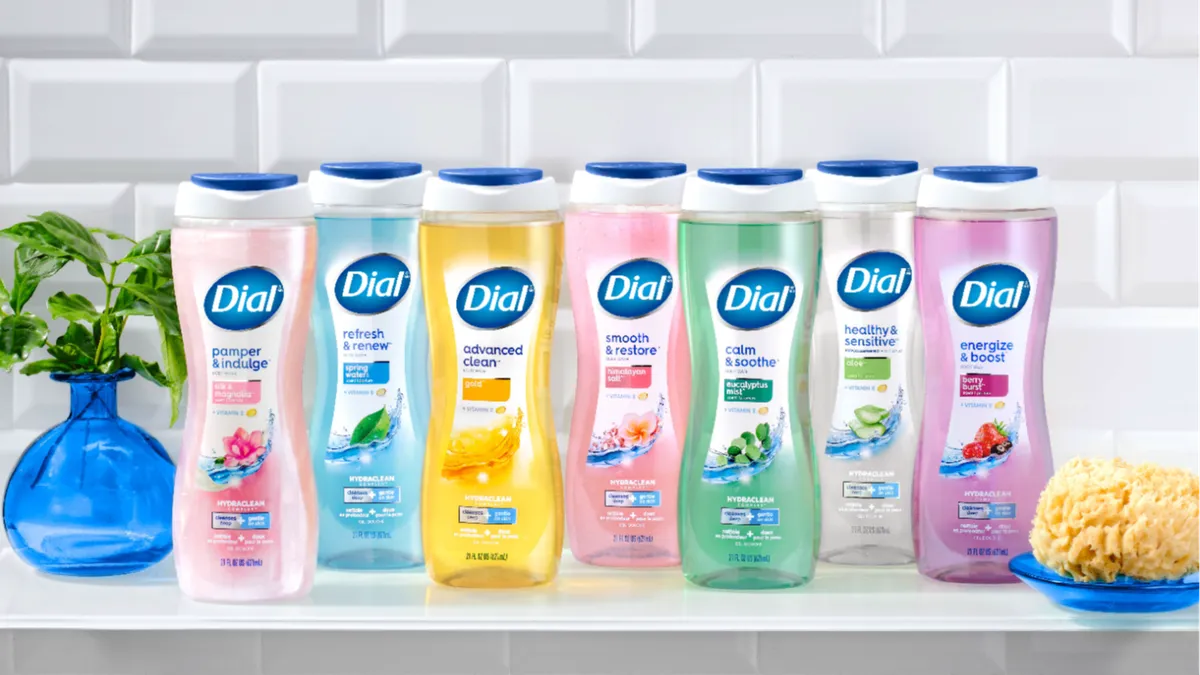The U.S. Plastics Pact showed incremental progress toward 2025 goals, including increasing recycled content use, according to its annual impact report released this week. The organization’s CEO described plans to turn a greater focus to reuse and compostability in the coming years.
The most recent report is a bit different than previous versions. It was released less than 10 months after the last version posted. That’s not an accident, said USPP CEO Jonathan Quinn.
“We’ve compressed the timeline this year,” he said. “We have traditionally published the reports eight months after our members are reporting. It's kind of been an evolution in that we wanted to make sure it wasn't such a long period of time between when things were reported publicly versus when the actual data was collected.”
In addition, instead of just covering one year, the new report includes data for 2023 as well as insights into milestones and actions in 2024.
Another change is in reporting how the 130 pact participants, called activators, are progressing on eliminating plastics on their problematic or unnecessary materials list. The previous metric looked at the percentage of plastic packaging placed on the market by activators that did not contain items on the list — 92% in 2022. But the new metric considers the percentage of activators that did not sell any items on the list — 22% in 2023; the goal is for 100% by 2025.
“Not everybody necessarily sells all package types. So going by percent of activators was the better way,” Quinn said. “The big thing was making sure that we're accurate in the reporting. ... We’re working to improve that each year.”
The report also charted activators’ 2023 progress toward other main goals:
- 50%: The portion of plastic packaging that activators placed on the market that is reusable, recyclable or compostable. That’s up from 47.7% in 2022. The target is 100% by 2025.
- 11%: The average postconsumer recycled content or biobased content in activators’ packaging portfolios. That’s up from 9% in 2022. The target is 30% by 2025.
“What we have to help push for is policy and legislation that forces the hand at domestic recycled content and domestic sourcing of recycled content. And that helps to also track accurately what's really being incorporated,” Quinn said.
USPP activators’ work began at the baseline year of 2020, and since then they have followed the original strategy, Roadmap to 2025. But in June, USPP released its Roadmap 2.0, which pushed some of the existing 2025 target deadlines to 2030 and added new targets. Work on the new targets is formally slated to begin Jan. 1, 2026.
“We have to acknowledge that the initial road map and the initial targets that were set were bold and ambitious for a reason, and the progress that is being seen is just the beginning,” Quinn said.
Releasing the updated road map is one of USPP’s key accomplishments for 2024, according to the annual report. Another step was USPP’s release of three playbooks in August intended to “guide the life cycle of plastics in the United States.” The group also issued a PCR procurement toolkit. In addition, USPP and the Canada Plastics Pact hosted a year-long series of technical workshops about film and flexible plastics.
Enhancing recyclability for film and flexibles is an area that proves particularly challenging for activators, Quinn said. “That is one of the fundamentals of what we're going to be doing in 2025, is establishing the film and flexibles road map to circularity,” he said.
The report mentions USPP’s enhanced attention to reuse and composting for plastic packaging. As part of Roadmap 2.0, the group created a new target to identify and scale viable reusable packaging systems by 2030. Currently, about 49% of the plastic packaging that activators place on the market is compatible with recycling, while only 1% each is compatible with reuse and composting, according to the annual report.
USPP is working on reuse strategies with Closed Loop Partners. Together they’re drafting a report on the feasibility of reuse in the retail sector, which they expect to release next quarter. After that, the pact will launch a project to increase reusable packaging initiatives.
USPP is also collaborating with Closed Loop Partners’ Composting Consortium on determining what resources and policies are needed to scale composting infrastructure.
“There's significant opportunity there, and there's been innovation,” Quinn said. USPP’s composting work will focus on how “we continue to push that forward and bring forward the technical innovation to support it ... to drive innovation and drive further understanding of that area.”
Going forward, activators’ strategy will continue to evolve as necessary to maintain forward motion on a circular plastics economy, Quinn said.
“I'm excited about the progress that's being made,” he said. “By setting those bold and ambitious and challenging targets, it's driven urgency and excitement and passion and drive for innovation to achieve and to create meaningful progress.”



